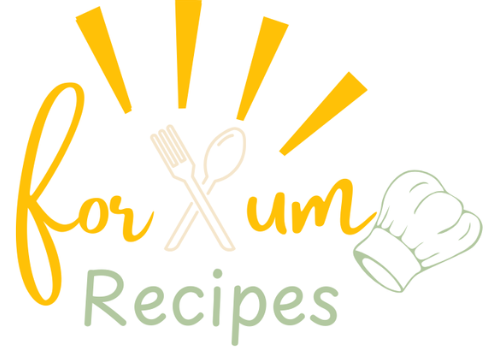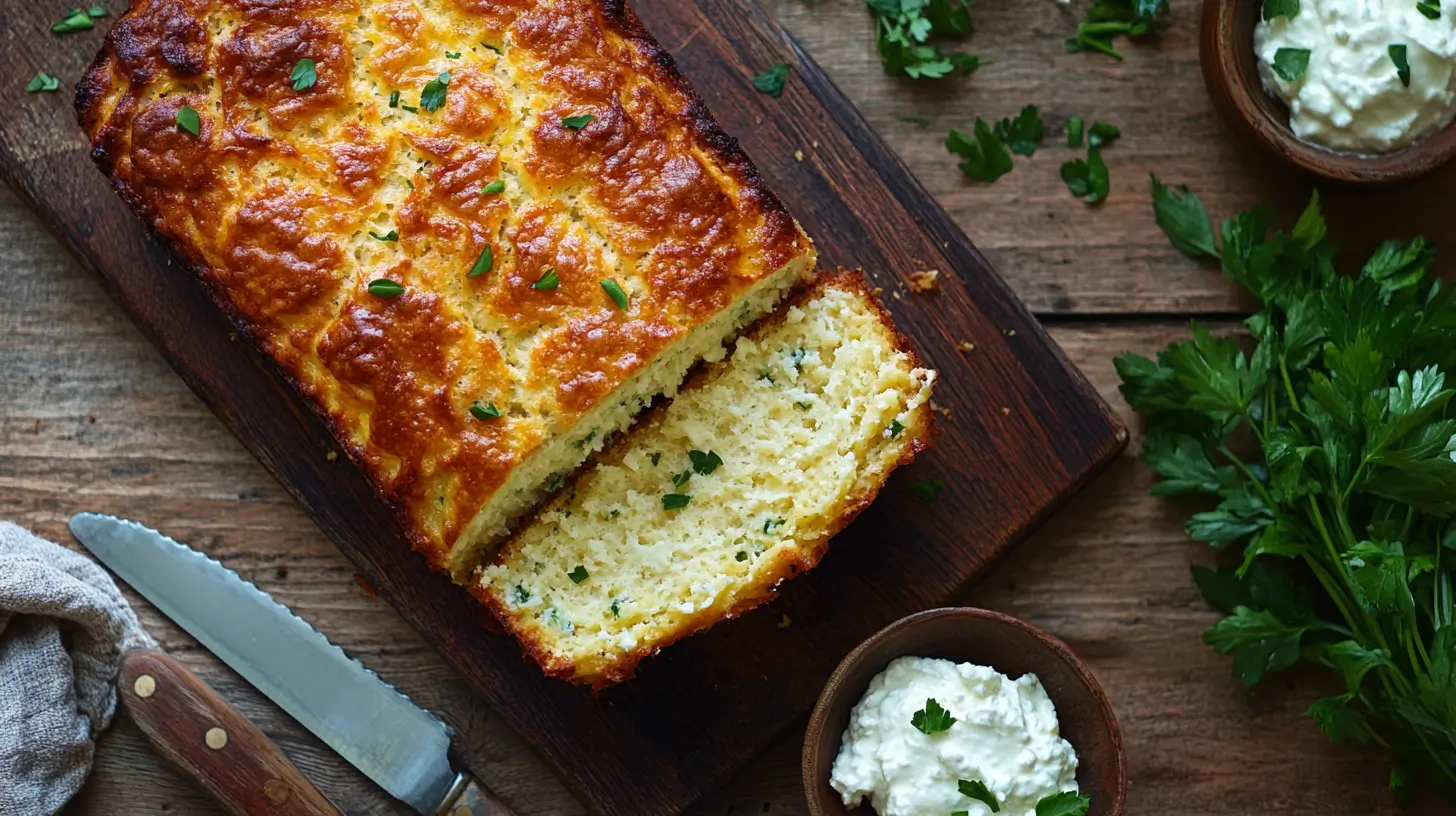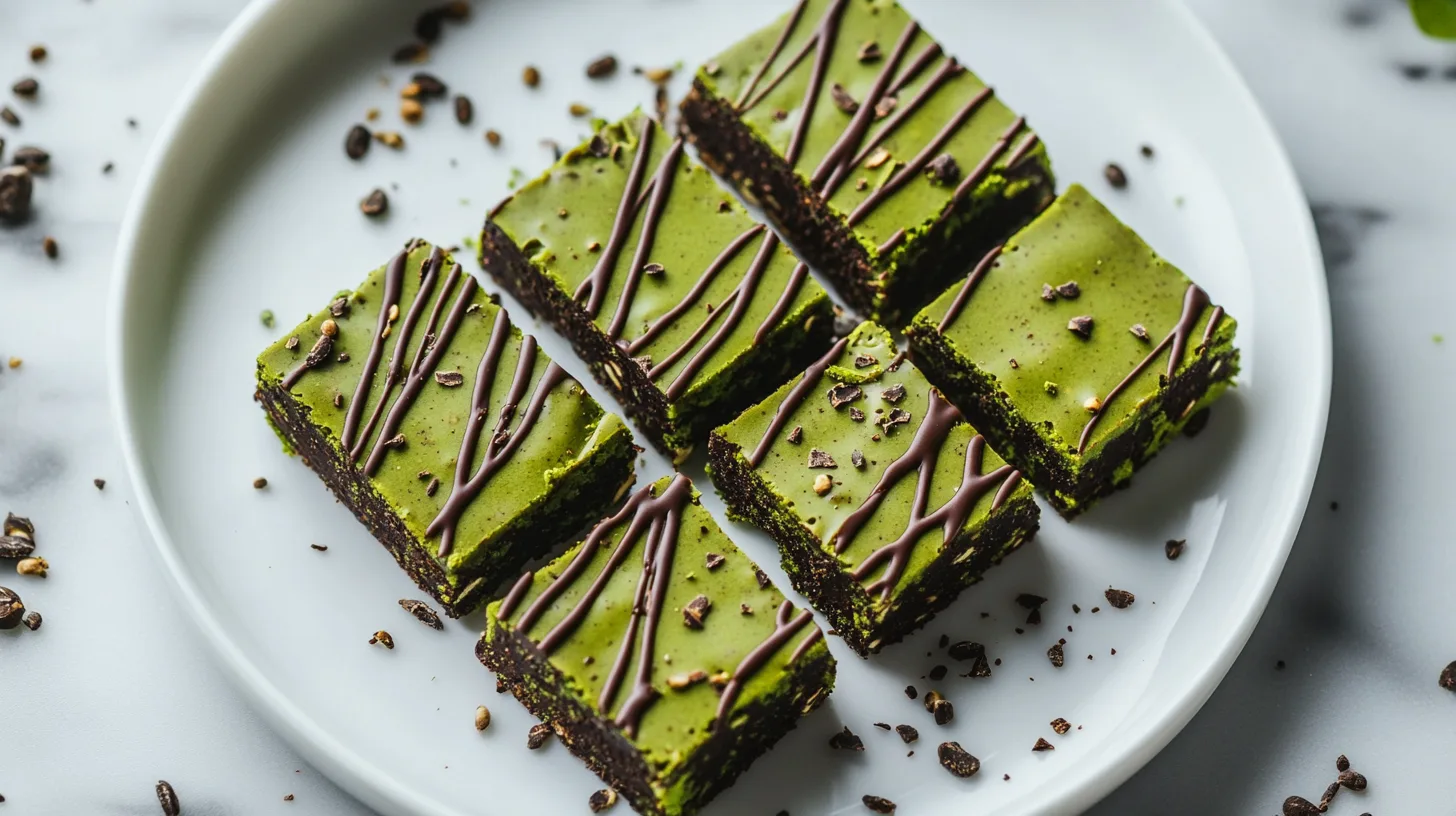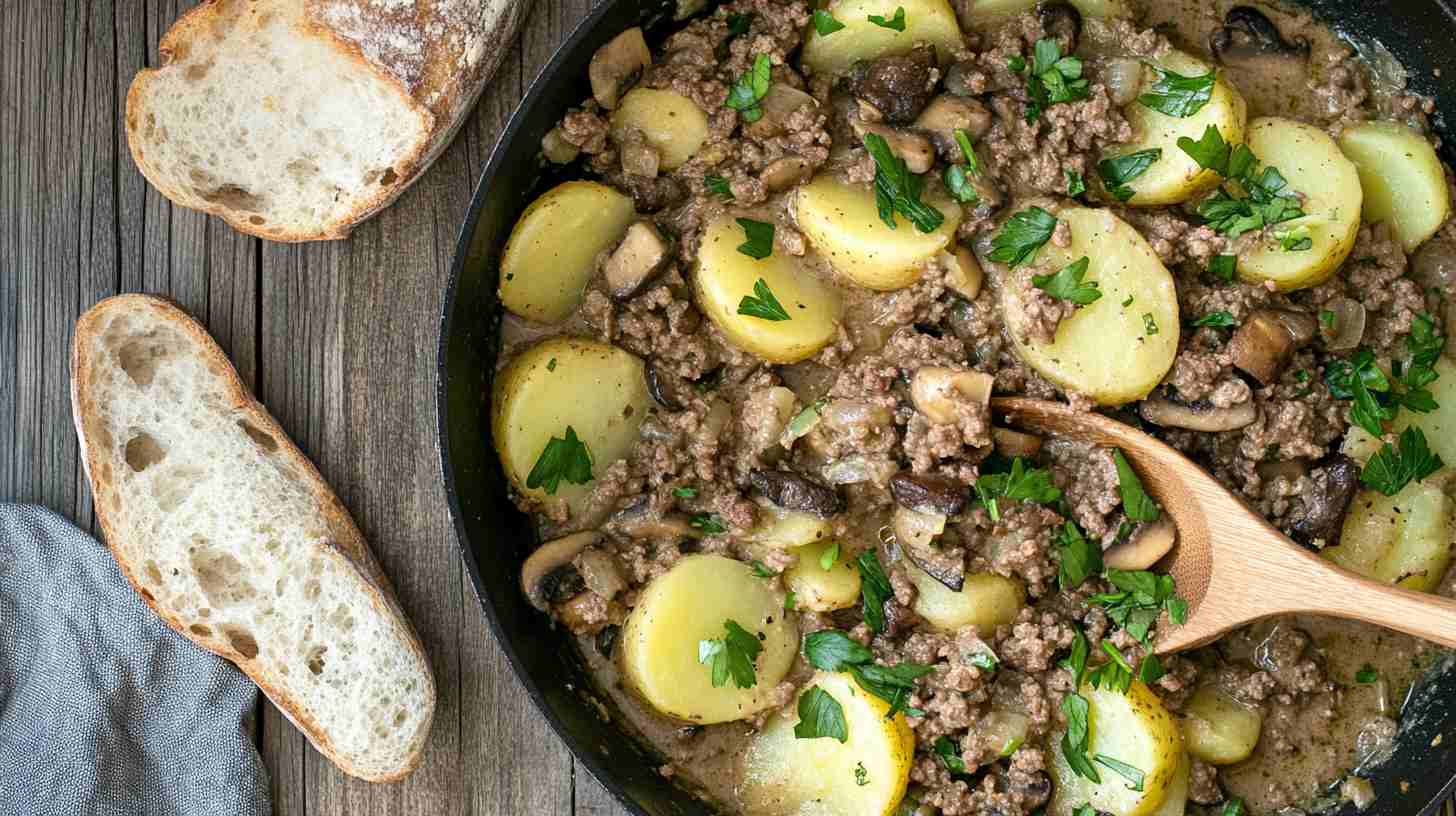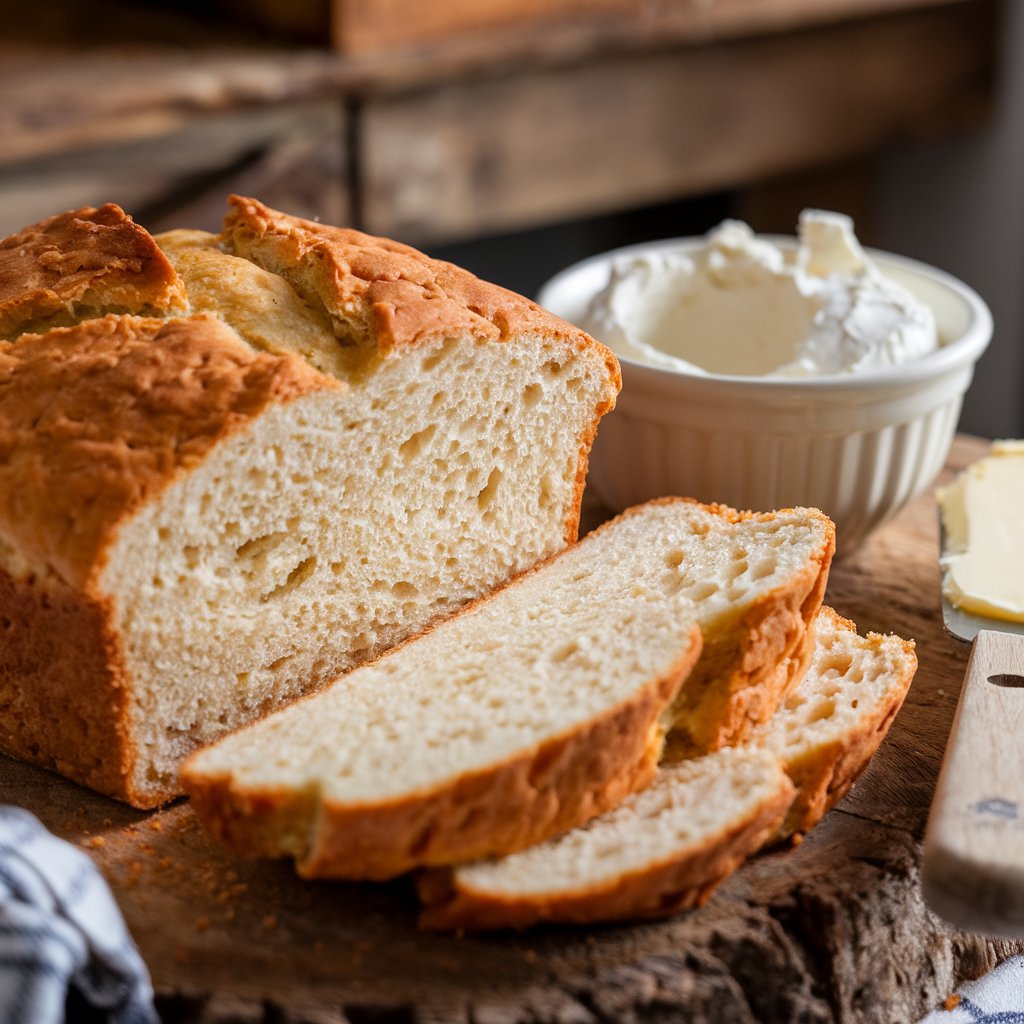Is cottage cheese bread healthy? Remember cottage cheese from the ’80s diet craze? Well, it’s back—and this time, it’s reinvented as the star of a high-protein, low-fat bread that’s making waves among food lovers and health enthusiasts alike. Cottage bread has quickly risen to fame, thanks to its nutritional benefits, simplicity, and versatility.
This viral recipe trend isn’t just for fitness buffs or diet-conscious eaters; it’s for anyone looking for a delicious and healthier alternative to traditional bread. Whether you’re scrolling through Instagram reels or watching TikTok baking tutorials, cottage bread is popping up everywhere. But what makes it so special? And more importantly, is cottage bread actually healthy? Let’s take a closer look at why this humble loaf has become the latest kitchen superstar.
What Is Cottage Cheese Bread?
At its core, cottage bread is a protein-rich loaf made with cottage cheese as a primary ingredient. Unlike traditional bread, which relies heavily on wheat flour, cottage bread combines simple, wholesome ingredients like eggs, oats, and cottage cheese to create a dense, moist, and flavorful loaf.
How Does It Differ From Regular Bread?
If you compare cottage bread to your average store-bought loaf, the differences are striking. Traditional bread is primarily carb-heavy, offering little in the way of protein or other essential nutrients. Cottage bread, on the other hand, swaps out most of the carbs for protein and healthy fats. It’s like upgrading your everyday loaf to a nutrient-packed powerhouse.
The Role of Cottage Cheese
Cottage cheese is the secret weapon in this recipe. Its creamy texture blends perfectly into the batter, providing moisture, flavor, and a hefty dose of protein and calcium. Plus, it’s versatile enough to work in both savory and sweet variations of the bread. For a more detailed look at how to make this bread, you can check out our Comprehensive guide to cottage cheese bread recipes.
Nutritional Value of Healthy Cottage Cheese Bread

Cottage bread doesn’t just taste good; it’s also packed with nutrients that can support your overall health. Let’s break it down:
A Closer Look at the Nutrients
| Nutrient | Cottage Bread (Per Slice) | Traditional Bread (Per Slice) |
|---|---|---|
| Protein | 8-11g | 2-4g |
| Calories | 70-100 | 110-150 |
| Fat | 2-4g | 1-3g |
| Carbohydrates | 6-10g | 15-20g |
| Calcium | ~120mg | ~20mg |
Why It’s Healthier
Cottage bread stands out for its high protein content, offering as much as 11 grams per slice. This makes it ideal for people following high-protein diets or looking for a satiating snack. Additionally, it’s lower in calories and carbohydrates compared to traditional bread, making it a better choice for weight management or those on low-carb diets.
Rich in Essential Nutrients
One slice of cottage bread is a treasure trove of nutrients, including:
- Calcium: Supports bone health and prevents osteoporosis.
- Vitamin B12: Boosts energy levels and supports red blood cell production.
- Riboflavin: Helps convert food into energy and supports skin health.
When compared to traditional bread or other high-protein bread alternatives, cottage bread clearly offers more bang for your nutritional buck.
Health Benefits of Cottage cheese Bread
When discussing the question, “Is cottage cheese bread healthy?”, the answer often lies in its impressive range of health benefits. Cottage cheese bread combines the nutritional power of cottage cheese with wholesome bread ingredients, offering a variety of perks for those who prioritize health without compromising on taste. Let’s explore the top health benefits in detail.
High-Protein and Weight-Loss Friendly
Protein is essential for muscle repair, growth, and overall body function. With up to 11 grams of protein per slice, cottage bread is perfect for anyone aiming to increase their protein intake.
How Does It Support Weight Loss?
Protein has a high satiety value, meaning it keeps you fuller for longer. By incorporating cottage bread into your meals, you can curb hunger pangs and reduce unnecessary snacking throughout the day. This makes it a fantastic choice for those on weight-loss journeys or managing their calorie intake.
Low-Fat and Heart-Healthy Option
Cottage bread’s low-fat content sets it apart from many traditional bread options. Plus, it doesn’t contain harmful trans fats or additives often found in processed bread. For those looking to maintain a heart-healthy diet, cottage bread is a much cleaner choice.
Rich in Calcium and Bone-Strengthening Nutrients
Did you know that just one slice of cottage bread can provide up to 15% of your daily calcium requirement? This makes it particularly beneficial for seniors, women, and anyone concerned about bone health. Calcium is crucial for maintaining bone density, and when combined with the Vitamin B12 in cottage bread, it also supports overall energy levels.
Why Is Healthy Cottage Cheese Bread Trending?
You’ve likely seen cottage bread trending on Instagram or Pinterest, but why has it captured everyone’s attention?
Social Media Buzz
Cottage bread owes much of its popularity to social media platforms where health-conscious foodies share their recipes. It’s visually appealing, easy to make, and fits perfectly into trending diet plans like keto and high-protein diets.
Endorsements from Experts
Nutritionists and dietitians have praised cottage bread for its nutrient-dense profile. Influencers have also contributed to its rise by showcasing how versatile and simple it is to prepare.
Appeal Across Demographics
From fitness enthusiasts to busy parents, cottage bread caters to a wide range of people. Its simplicity makes it a go-to for students, professionals, and anyone seeking healthier meal options. For a perfect pairing, consider serving it with our Mediterranean quinoa salad as a complement to cottage bread.
How to Make Cottage Cheese Bread Healthy at Home
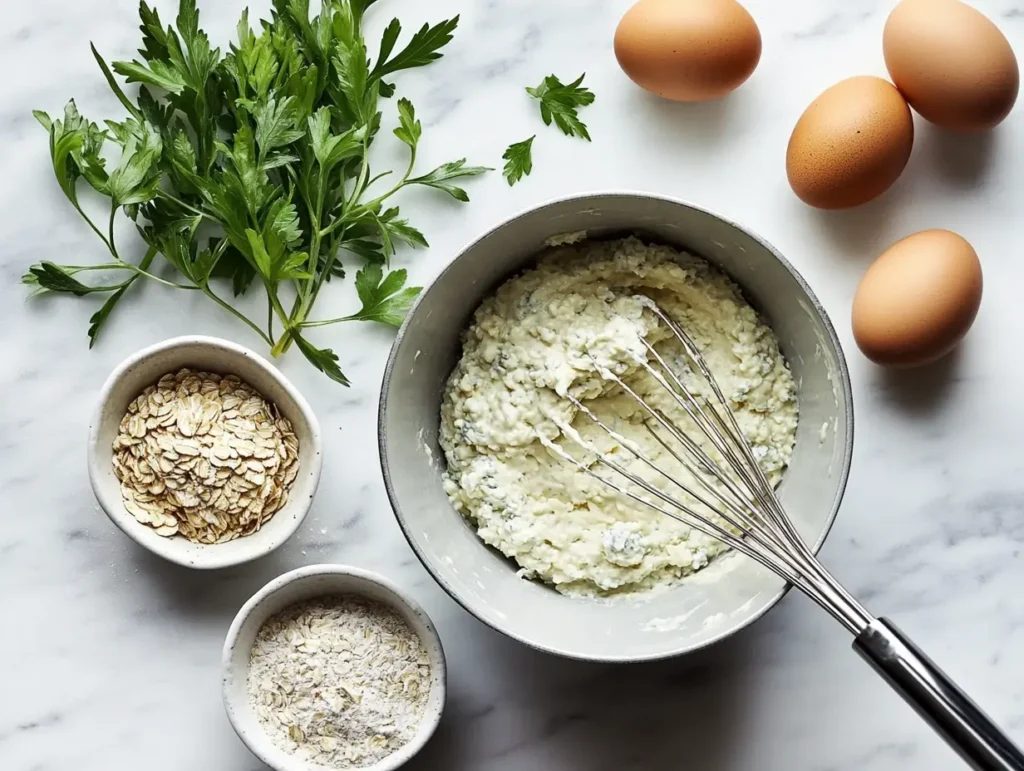
If you’re ready to jump on the cottage bread bandwagon, here’s how to make it.
Ingredients Needed
The beauty of cottage bread lies in its simplicity. You’ll need:
- 2 cups of cottage cheese
- 2 large eggs
- 1 cup of oats (or almond flour for a gluten-free version)
- 1 tsp of baking powder
- Optional: seeds, herbs, or spices for extra flavor
Step-by-Step Instructions
- Preheat the Oven: Set your oven to 350°F (175°C).
- Blend the Ingredients: Combine cottage cheese, eggs, and oats in a blender or food processor until smooth.
- Add Baking Powder and Mix-Ins: Stir in the baking powder and any additional ingredients, like chia seeds or rosemary.
- Pour into a Loaf Pan: Grease a loaf pan and pour the batter evenly.
- Bake: Place the pan in the oven and bake for 40-45 minutes, or until the top is golden brown and a toothpick comes out clean.
- Cool and Serve: Allow the bread to cool completely before slicing.
Tips for Success
- For a fluffier texture, add an extra egg or a pinch of baking soda.
- Experiment with toppings, such as sesame seeds or pumpkin seeds, to enhance the flavor.
- Use parchment paper to prevent sticking.
Making cottage bread at home is as easy as it is rewarding. With just a handful of ingredients and minimal prep time, you’ll have a loaf that’s both delicious and nutritious.
Variations of Cottage Cheese Bread Recipes

Cottage bread is like a blank canvas, and its versatility is one of the reasons it has become so popular. Whether you prefer savory or sweet flavors, there’s a variation for everyone. Here are a few exciting twists on the classic recipe:
Mediterranean-Style Cottage Bread
This savory version is packed with Mediterranean flavors, making it an excellent side for dinner or a base for sandwiches.
Ingredients
- 2 cups cottage cheese
- 1 cup oats or almond flour
- 1 tsp baking powder
- 1/4 cup chopped sun-dried tomatoes
- 1/4 cup sliced olives
- 1 tbsp fresh rosemary or basil
Method
- Blend the cottage cheese, eggs, and oats until smooth.
- Stir in the sun-dried tomatoes, olives, and herbs.
- Pour into a greased loaf pan and bake as per the original recipe.
Serve it alongside our Mediterranean quinoa salad as a complement to cottage bread for a flavorful, nutrient-packed meal.
Gluten-Free to a Healthy Cottage cheese Bread
For those avoiding gluten, this version swaps out oats for almond flour or coconut flour.
Ingredients
- 2 cups cottage cheese
- 1 cup almond flour
- 1 tsp baking powder
- Optional: 1 tbsp chia seeds or flaxseeds
Method
Follow the same instructions as the original recipe but use almond flour instead of oats. This variation is lighter and has a nutty flavor, making it a hit among gluten-free foodies.
Sweet Cottage Bread
Who says cottage bread is only for savory dishes? This sweet variation transforms it into a breakfast or dessert option.
Ingredients
- 2 cups cottage cheese
- 1 cup oats
- 1 tsp baking powder
- 2 tbsp honey or maple syrup
- 1 tsp cinnamon
- 1/4 cup raisins or chopped dates
Method
Add the sweeteners and mix-ins like raisins or dates to the batter before baking. Serve with a dollop of yogurt and fresh fruit for a wholesome start to your day.
Beyond Bread: Creative Uses of Cottage Cheese in Recipes
If you’ve fallen in love with cottage cheese, you’ll be thrilled to know it’s a multi-purpose ingredient that goes far beyond bread. Here are some creative ways to incorporate it into your meals:
Smoothies
For a creamy, protein-packed drink, add cottage cheese to your morning smoothie. Blend it with fruits like bananas, berries, and a splash of almond milk for a refreshing start to the day.
Protein Desserts
Turn cottage cheese into a guilt-free treat by using it in recipes like brownies, cheesecake, or even ice cream. Simply blend it with cocoa powder and a sweetener of your choice for a quick chocolate mousse.
Savory Dishes
Use cottage cheese as a base for guacamole, or mix it into lasagna layers for added creaminess and protein.
Looking for more ideas? Don’t miss our Comprehensive guide to cottage cheese bread recipes for inspiration.
Healthy Cottage Cheese Bread and Specific Diets
Cottage bread’s adaptability makes it suitable for a wide range of dietary preferences and needs. Let’s explore how it fits into some popular diets.
Fitness and Weight Loss Diets
Cottage bread is a go-to for fitness enthusiasts primarily because of its high protein and low-calorie content, which make it an excellent addition to any diet. Furthermore, enjoying a slice or two post-workout not only aids in muscle repair but also keeps you feeling full for longer, all without the risk of overloading on unnecessary calories.
Suitable for Diabetics and Gluten-Free Diets
For those managing diabetes, cottage bread’s low glycemic index helps ensure steady blood sugar levels, making it a reliable option for maintaining balance throughout the day. Additionally, gluten-free variations further enhance its accessibility, especially for individuals with celiac disease or gluten sensitivities, who often struggle to find suitable bread alternatives.
Affordable and Sustainable Healthy Option
On a budget? Cottage bread is a cost-effective alternative to pricey protein sources like meat or specialty protein bars. Plus, its minimal ingredients reduce food waste, making it a sustainable choice for eco-conscious eaters.
Potential Drawbacks of Cottage Cheese Bread
While cottage bread has plenty of benefits, it’s not without its limitations.
Allergies
Cottage bread isn’t suitable for individuals with dairy or egg allergies, as these are key ingredients in the recipe.
Taste and Texture
Its tangy flavor and dense texture may not appeal to everyone, especially if you’re used to soft, fluffy bread. Adding herbs, spices, or sweeteners can help balance the flavor.
Sodium Content
Some cottage cheese brands contain high levels of sodium, which can be a concern for people on low-sodium diets. Opt for low-sodium cottage cheese to mitigate this issue.
Final Thoughts: Is Cottage Cheese Bread Worth Adding to Your Diet?
Cottage bread is more than just a trend—it’s a nutritious, versatile, and delicious alternative to traditional bread. With its high protein content, low calories, and adaptable recipe, it’s perfect for busy parents, health enthusiasts, and anyone seeking a healthier lifestyle.
Whether you enjoy it as a savory snack, a breakfast staple, or a dinner side, cottage bread is worth trying. Give it a go, and who knows? It might just become a new favorite in your household.
FAQs Answered
1. How is cottage bread different from regular bread?
Cottage bread is made with cottage cheese, eggs, and oats, unlike regular bread that relies on flour and yeast. This makes it higher in protein, lower in carbohydrates, and more nutrient-dense.
2. Is cottage bread healthy to eat?
Yes, cottage bread is healthy! It’s high in protein, low in calories, and packed with nutrients like calcium and Vitamin B12. It’s great for muscle repair, bone health, and weight management. Its low-carb profile also makes it ideal for fitness-focused and weight-loss diets.
3. How much sugar is in cottage bread?
Cottage bread usually contains little to no sugar. Most recipes avoid added sweeteners, with only small amounts (1-2 grams per slice) if ingredients like honey or raisins are included. It’s a low-sugar option compared to traditional bread.
4. Is sourdough bread healthy?
Sourdough bread is healthy due to its natural fermentation process, which promotes gut health and lowers its glycemic index.
